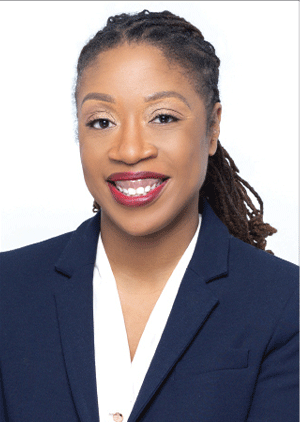My Turn: Radiologists Should be Allies for Health Equity
Radiology can play a pivotal role in promoting equity in health care

I have the privilege of working for the nation’s largest public hospital system. NYC Health and Hospitals serves all New Yorkers in every neighborhood regardless of ability to pay. Its eleven acute care facilities deliver ambulatory care to the uninsured at three times and emergency care at twice the levels of other NYC hospitals.
Most physicians working at the frontlines of health disparities already know what the AMA declared in November 2020--that racism is a serious public health risk because it creates unequal access to resources and opportunities. Hospitals that serve stigmatized and minoritized groups are disproportionately burdened with providing care with significantly fewer resources compared to other institutions. As a result, providing high quality health care transcends the mundane into a fight for health equity and social justice.
At New York City Health and Hospitals/Kings County, the Department of Radiology is determined to deliver the imaging services that our community needs. In order to achieve the objective of delivering high quality radiologists must have a strong determination to serve our patients despite substantial barriers and obstacles.
Practically speaking, this takes considerable time and effort translating into delays when bringing certain services to our community particularly if significant resources are required. Our latest accomplishment, the Kings Healthy Lungs Program, is a lung cancer screening program which represents the culmination of several years of radiologist led advocacy, multidisciplinary consensus building, and dedication to acquire the necessary institutional funding and support. Ultimately this service will improve the health outcomes of the community and positively impact the institution’s financial viability.
There are various mechanisms through which the radiology community can partner and support safety net institutions in their efforts to provide high quality care. The radiology community can raise the awareness of racial inequities in health care and also study how radiology contributes to perpetuating these disparities. Studies demonstrate that a majority of people in this nation are unaware that healthcare inequities exist and the impact of social determinants of health.
Another opportunity to support safety net institutions is through political advocacy. The Delaware Cancer Consortium is a real world example of political will and health care expertise merging to address a complex racial disparity in colorectal cancer screening. The results were an elimination of the disparity between screening the white and Black populations in Delaware and a declining mortality rate gap.
At the grassroots level, better resourced institutions could partner with safety net institutions and offer guidance on program structure, best practices and training for technologists and program navigators. Furthermore, if a formal agreement exists, radiologists should advocate for equal access to high quality imaging at all affiliated facilities. There should not be different levels of access, quality, technology, expertise, and outcomes depending on location within the same healthcare network.
Finally, the voices and experiences of radiologists and the patients they serve in safety net institutions must be elevated in formal and informal radiology networks. From the inception of safety net hospitals, their physicians have battled the impact of poverty, racism and prejudice. As a radiology community we cannot afford to become numb to or cynical toward these issues. We must believe they can be addressed effectively. Allies are needed to work towards a more equitable and just system. We cannot and should not fight alone.